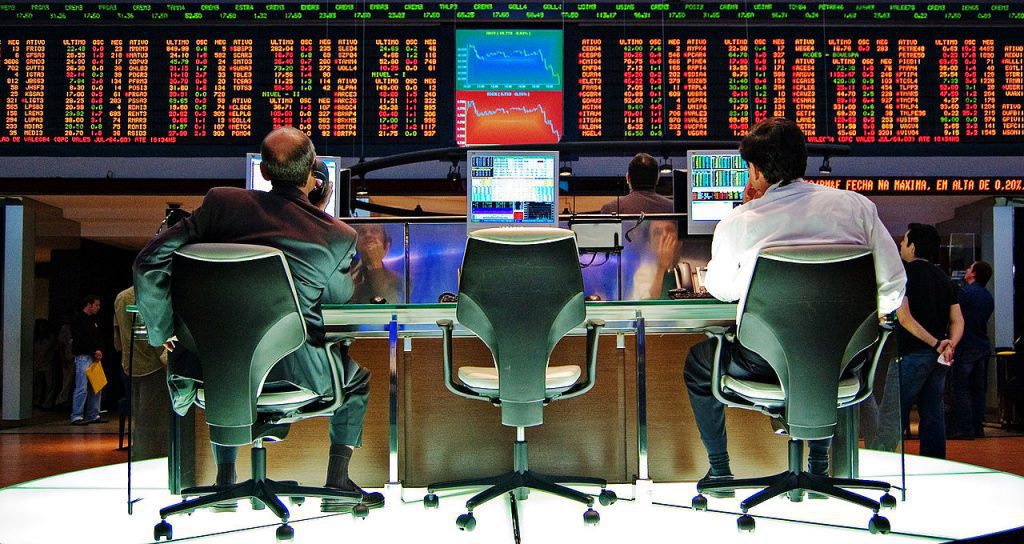
When you're an investor, you need to make educated choices about which stocks you pick. Picking a stock is like trusting a company with your money and you would definitely don't want crazy or dishonest people to manage your money. Right? It's easier said than done, since many stocks that crashed looked like invincible before it happened.
Indeed, predicting if a company will be successful or a complete failure is tough. And failure can happen sooner than we think. It's not such a rare occurrence that a company doing incredibly well (or so it seems to investors) suddenly collapses in spectacular fashion and loses investors millions in the process. This article will take a closer look at five companies who experienced some of the biggest collapses ever on the stock market.
Pets.com
Pets.com was a place to buy all the supplies you need for your pets. With a ton of high profile commercials and a lovable mascot, Pets.com was getting a ton of attention. Many people thought it would be successful, but it was not. It turned out they spent way too much on advertising to justify revenues and a few short years after opening, they went bankrupt when the dot-com bubble burst. To show you just how bad it got, their initial IPO stock price was $11 per share in February of 2000, but in November of 2000 (around when they collapsed), their stock fell down to a measly $0.19. Pets.com was not the only online retailers to go bust in 2000. However, I'd like to mention that Amazon, another online retailer whose stock was affected by the burst of the bubble, ended up doing very well for its investors.
Enron
Once one of the largest and richest companies in the USA, Enron is one of the most famous collapses out there. The energy company claimed revenues of over $100 billion dollars. However, it was soon discovered that its success was based on fraudulent reporting. They hid massive debts and quickly became poster children for greed and deceit. In August of 2000, the stock was at $90 a share and within a year, it dropped to under $45. But it wasn't over; it eventually dropped to under a dollar and the company collapsed, a collapse which cost investors tens of billions of dollars.
Nortel
At its peak, Nortel accounted for more than a third of the value of the TSX. The Canadian telecommunications company employed nearly 100,000 people all over the world and was extremely successful. After they missed revenue targets and dropped sales forecasts, their stock dropped from $124 to under 50 cents in the early 2000s. They managed to tread water for a few more years, but an accounting scandal and a continuation of losses in the business forced them to file bankruptcy.
TheGlobe.com
This is another classic example of a victim of the dot-com bubble. Before Facebook, TheGlobe.com was considered among the first social networking sites and it let you share and create content. It went public in 1998 and has a highly successful IPO as the stock jumped from $9 to $65 and eventually reached $97. However, after the dot-com crash, the stock price dropped to 10 cents a share and, after a mere two years in business, the company failed.
Bre-X
Bre-X Minerals, a subsidiary of a Calgary-based company called Bre-X, was involved in one of the biggest scandals in Canadian history and the biggest in the mining industry ever. Needless to say, those who purchased Bre-X stocks ended up losing big time. After purchasing a property in Indonesia, the company claimed they had found massive amounts of gold in 1995. This sent the stock price of Bre-X sky-high and it reached a peak of $286.50 in 1996. However, one year later, it was discovered that the gold find was a complete fraud and the stocks were completely worthless.




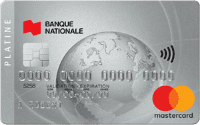





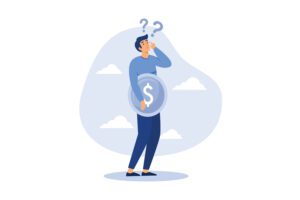



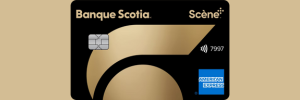

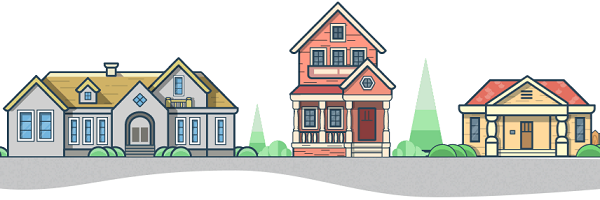


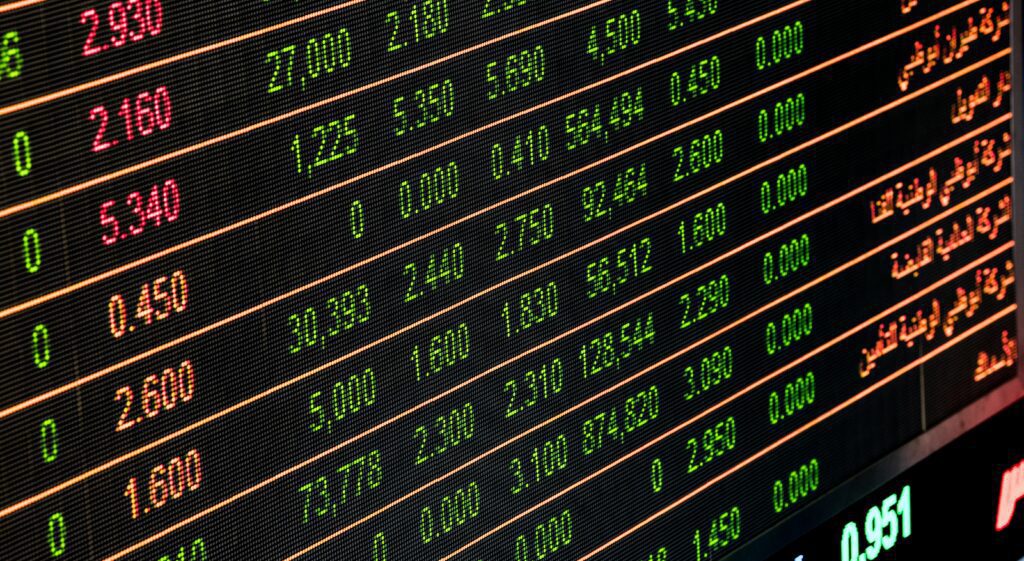



About The Author: Kale Havervold
Kale has been a freelance writer for a few years now and looks to inform, educate and entertain through his work. Although he did not study in finance, he always had an interest in money and personal finance.
More posts by Kale Havervold